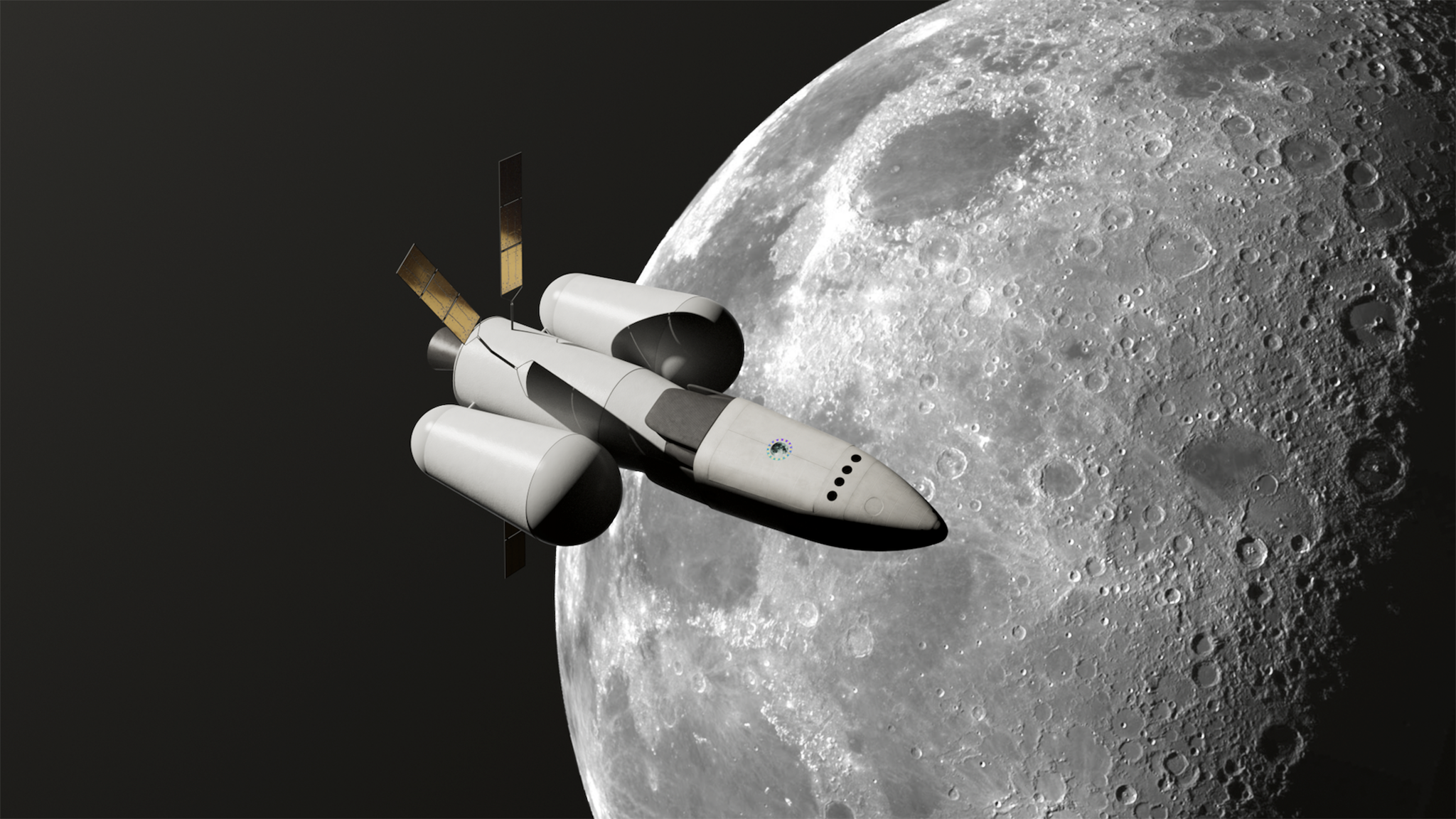Europe's reusable 'Susie' spacecraft could launch astronauts on future deep-space missions
ArianeGroup's 'Susie' is a fully reusable craft designed to fit future rockets, one of which is being made right now for Arianespace.
The rocket-launching firm ArianeGroup plans to bring astronauts to space aboard 'Susie.'
The European rocket-launching giant announced a new upper stage designed to carry out crewed or uncrewed missions on Arianespace rockets in Earth orbit or even to the moon.
The upper stage is called Susie (Smart Upper Stage for Innovative Exploration) and will be mounted on the forthcoming Ariane 64 rocket, which the company says will herald fully reusable rockets in the coming years.
Related: NASA looks to private outposts to build on International Space Station's legacy











As the space community reaches for private space stations and moon missions, ArianeGroup said a flexible, reusable and modular spacecraft would best fit the needs of multiple clients. (Arianespace is the launching entity under ArianeGroup, a joint venture between Airbus and Safran.)
"Susie is an entirely reusable rocket stage project," ArianeGroup wrote in a Sept. 16 release. "It is capable of going into space and carrying out many different types of missions there — whether automated or crewed — and coming back to land on Earth."
The crewed version of Susie would carry up to five astronauts with an abort system designed to work at any point during the mission. Payload capacity could flex as required for "essential missions in space", which ArianeGroup suggests will continue to increase as NASA and its partners reach for crewed Artemis program missions on the moon in the coming decade.
Breaking space news, the latest updates on rocket launches, skywatching events and more!
Video: Meet Ariane 6 and Vega C: Europe's New 'Rideshare' Rockets
Following missions, Susie would come back to Earth for a soft landing and would be repurposed for future flights, as the spacecraft is fully reusable. The various missions it is envisioned for include satellite servicing, manufacturing orbital facilities, dealing with space debris or sending essential items to astronauts on deep-space missions.
"This is a project built on all the existing know-how at ArianeGroup and within European industry. It is consistent with ongoing or future technological developments in the field of space transport and reuse," Morena Bernardini, ArianeGroup's head of strategy and innovation, said in the same statement.
The company noted Susie will be able to use several launchers, including the upcoming Ariane 6, which may fly as soon as 2023. Susie was designed so that its 60-foot (12-meter) length, along with its 15-foot (five-meter) diameter can fit the Ariane 6 launcher.
Further in the future, Susie fits into the European Space Agency's vision of reusable, modular launchers under the New European Space Transportation Solutions (NESTS) initiative, which seeks to build launchers around common building blocks to save on cost and development.
Depending on mission needs, ArianeGroup said future missions will fly to space hubs and then on to their destination, rather than directly point to point.
Susie was unveiled at the International Astronautical Congress in Paris, which runs through Thursday (Sept. 22).
Follow Elizabeth Howell on Twitter @howellspace. Follow us on Twitter @Spacedotcom or Facebook.

Elizabeth Howell (she/her), Ph.D., was a staff writer in the spaceflight channel between 2022 and 2024 specializing in Canadian space news. She was contributing writer for Space.com for 10 years from 2012 to 2024. Elizabeth's reporting includes multiple exclusives with the White House, leading world coverage about a lost-and-found space tomato on the International Space Station, witnessing five human spaceflight launches on two continents, flying parabolic, working inside a spacesuit, and participating in a simulated Mars mission. Her latest book, "Why Am I Taller?" (ECW Press, 2022) is co-written with astronaut Dave Williams.
